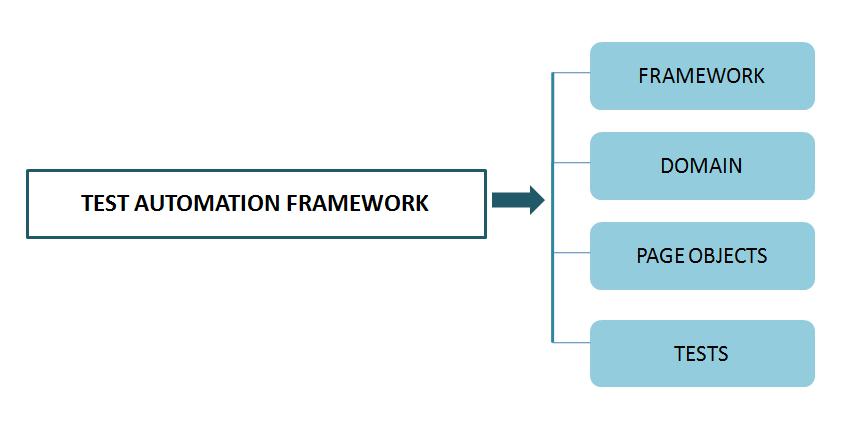Why do we need a framework for Automation Testing?

In the present market scenario, enterprises not only want to test Software efficiently but also as rapidly and comprehensively as possible. To attain this goal, companies are turning to test automation. We mainly need frameworks for test automation services to standardize the test automation process irrespective of the tool and give effective results.
The test automation frameworks are essentially a set of best practices or guidelines which can be followed in an organized way to attain the preferred result. When it comes to test automation there is the listing of tools available in the market, you can drive all the tools using a single framework and see results. The complete potential of a tool can be extracted using automation frameworks and it also aids in the result accuracy.
Three key technical entities (resources) in the automation project are:
- Code- script
- Data
- Objects and their definition on the AUT
 Test Automation Framework
Test Automation Framework
Why do we need the Automation Framework?
Automation Framework is a framework that is formed specifically to give an execution environment for the test scripts. It provides several benefits to the users that help them to develop, execute, & report on automated test scripts effectively. What if the Test script fails for no valid reason? The automation framework helps us catch different recovery scenarios and handle them graciously. Debugging is not a complicated task if you have the framework in place instead of the chaotic collection of Test data & Test Scripts.
Here are some benefits of using an Automation Framework:
1- Scalability
The high-quality automation framework design is scalable when the demand increases for instance- when numerous web pages are being added or data or Objects. The framework should be much quicker to extend to big projects.
2- Easy scripting
The programmer has their specific coding style. With multiple Testers in a team, having a framework in the correct place make sure that best practices and consistent coding are followed to a certain level. It also avoids duplicate coding and assists in streamlining testing projects that involve a software tester’s team working on numerous features of an application.
3- Flexibility and Modularity
The biggest advantage of using an automation framework is its flexibility and modularity. The framework or test automation makes sure that the mountain task is broken down to manageable rocks which can then be reusable as & when needed.
4- Excessive coverage
The automation framework gives us to maintain a huge range of Test data, i.e. coverage in turn.
5- Segregating Tests & Final Configuration
One of the core challenges of manual testing is that it takes enormous time to segregate test script logic. There is also the possibility to commit errors. Though, when the same thing is done on an automation framework it can be done in minutes. The configuration of the tests can be done within a short time because the framework allows the test suites to cover every aspect of apps in the configuration procedures.
6- A degree of re-usability
This is another major advantage of implementing the automation frameworks for test automation. It introduces the re-usability rate. Common library files can be reusable as and when necessary, no need to develop them every single time.
7- Less manual intervention
The automation framework can easily take care of humdrum and pointless manual tasks.
8- Efforts in reporting
The reporting module within the automation framework can easily handle all the report requirements. The automation framework for test automation allows for user-friendly interface and reporting options.
9- Systematic integration
The framework for automation can aid in the current era of continuous integration.
Overall, it has been a revelation for programmers and plays a crucial role in automatic testing procedures.






